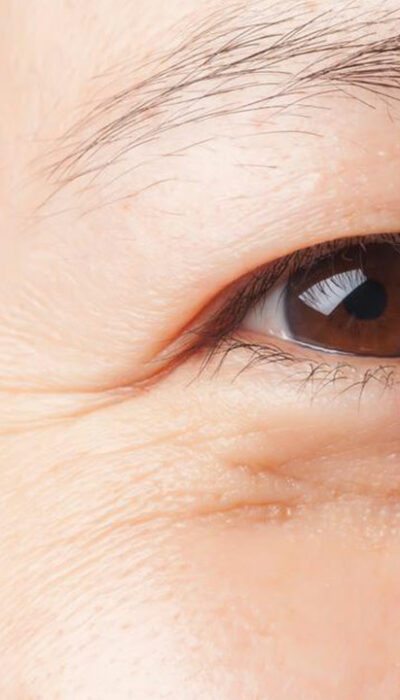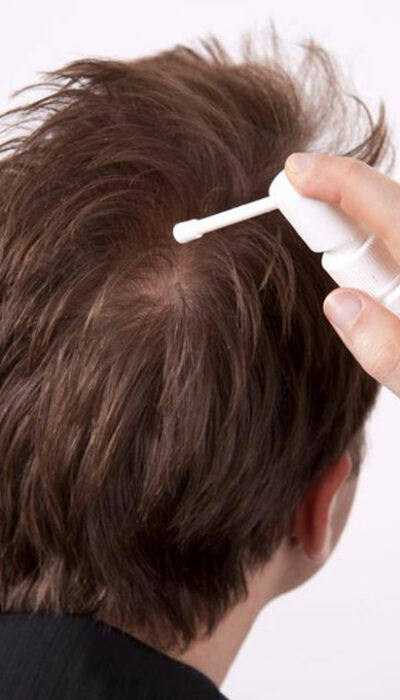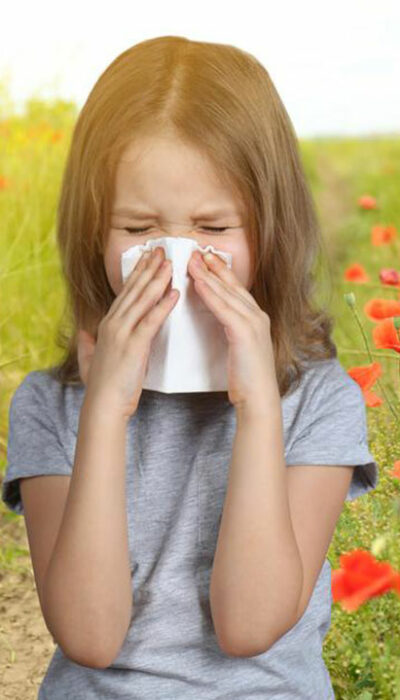
Effective Tips to Reduce Cholesterol Levels
Have you been battling with high cholesterol problems and are wondering how to lower LDL cholesterol levels? High cholesterol increases the risks of heart attacks and diseases. Although treatment may help improve your cholesterol levels, you still need to make essential lifestyle changes to boost the cholesterol-lowering power of the treatment. To help you make healthy lifestyle changes, some effective tips have been listed below on how to lower LDL cholesterol levels. Making some changes in the diet can help reduce the level of fat in the body and help enhance your heart’s health. The following changes can help you be on your way to having a healthy heart: Eliminate trans fats – Often labeled as partially hydrogenated vegetable oils, trans fats are used in store-bought crackers, cookies, cakes, as well as in margarine. They raise the levels of cholesterol in your body and that’s why most hydrogenated vegetable oils are not recommended for use when the LDL levels in the body are high. Reduce saturated fats – Primarily found in full-fat dairy products and red meat, saturated fats can raise your cholesterol levels. By decreasing consumption of saturated fats, you will be able to reduce LDL cholesterol levels in your body. Increase the intake of soluble fiber – Foods that are rich in soluble fiber are great at lowering cholesterol levels naturally. The soluble fiber reduces the absorption of cholesterol into the bloodstream. Therefore, consider eating more fiber-rich foods such as barley, yams, oats, sweet potatoes, oat bran, and other types of potatoes. Beans or legumes like black beans, peas, pinto beans, garbanzo beans, and kidney beans are also excellent sources of soluble fiber. Vegetables are also rich in soluble fiber so consider including beets, eggplant, carrots, okra, and Brussels sprouts in your diet. Some good fiber-rich fruits are oranges, passion fruit, berries, apricots, apples, pears, and nectarines.










